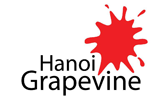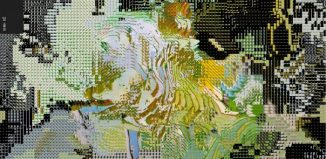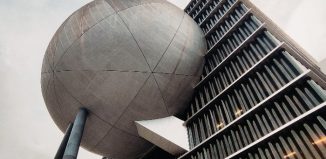KVT và nhà tập thể tại L’ESPACE
![]()

Xin lỗi, hiện bài viết này chỉ có bản tiếng Anh.
Hanoi Grapevine xin cảm ơn các bạn.
| Kiem Van Tim is a keen observer of life in general and the Hanoi cultural scene in particular and offers some of these observations to the Grapevine. KVT insists that these observations and opinion pieces are not critical reviews. Please see our Comment Guidelines / Moderation Policy and add your thoughts in the comment field below. |














While perfectly all right in themselves, this images and exhibitions seem to regurgitate the same content, harping on the same visual and socio-political note for more than three years now — somewhat predictable artist’s output? And, if we ‘must’ stay on the same note … I like the mention in this article of the Royal City — this corporate / private sector urban monstrosity, complete with an endless supermarketand decorated with kitsch statues — one wonders where this vulgar expression of tasteless grandomania sprang from, which begs the question why artists that are preoccupied in their art with the city scape and the social conditioning that takes place tanks to the economic conditions of living (… to rephrase Karl Marx), are not taking their cameras etc skills to the close-up views of the on mass covered with washing balconies of the same Royal City & the multitude of security guards that guard it — that would be more ‘in tune’ with the contemporary state of social realities and as an ‘art-comment’ definitely more real…
Hi Ilza ….a very pertinent comment and a question that definitely needs to be addressed.
Thank you, KVT.